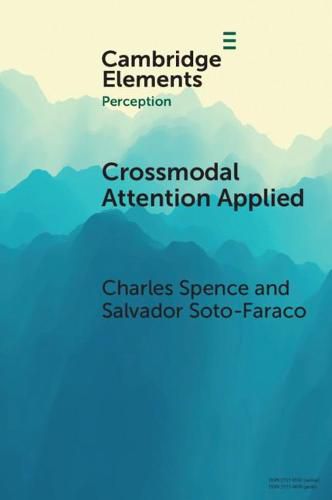Readings Newsletter
Become a Readings Member to make your shopping experience even easier.
Sign in or sign up for free!
You’re not far away from qualifying for FREE standard shipping within Australia
You’ve qualified for FREE standard shipping within Australia
The cart is loading…






Cognitive neuroscientists have started to uncover the neural substrates, systems, and mechanisms enabling us to prioritize the processing of certain sensory information over other, currently less-relevant, inputs. However, there is still a large gap between the knowledge generated in the laboratory and its application to real-life problems of attention as when, for example, interface operators are multi-tasking. In this Element, laboratory studies on crossmodal attention (both behavioural/psychophysical and cognitive neuroscience) are situated within the applied context of driving. We contrast the often idiosyncratic conditions favoured by much of the laboratory research, typically using a few popular paradigms involving simplified experimental conditions, with the noisy, multisensory, real-world environments filled with complex, intrinsically-meaningful stimuli. By drawing attention to the differences between basic and applied studies in the context of driving, we highlight a number of important issues and neglected areas of research as far as the study of crossmodal attention is concerned.
$9.00 standard shipping within Australia
FREE standard shipping within Australia for orders over $100.00
Express & International shipping calculated at checkout
Cognitive neuroscientists have started to uncover the neural substrates, systems, and mechanisms enabling us to prioritize the processing of certain sensory information over other, currently less-relevant, inputs. However, there is still a large gap between the knowledge generated in the laboratory and its application to real-life problems of attention as when, for example, interface operators are multi-tasking. In this Element, laboratory studies on crossmodal attention (both behavioural/psychophysical and cognitive neuroscience) are situated within the applied context of driving. We contrast the often idiosyncratic conditions favoured by much of the laboratory research, typically using a few popular paradigms involving simplified experimental conditions, with the noisy, multisensory, real-world environments filled with complex, intrinsically-meaningful stimuli. By drawing attention to the differences between basic and applied studies in the context of driving, we highlight a number of important issues and neglected areas of research as far as the study of crossmodal attention is concerned.